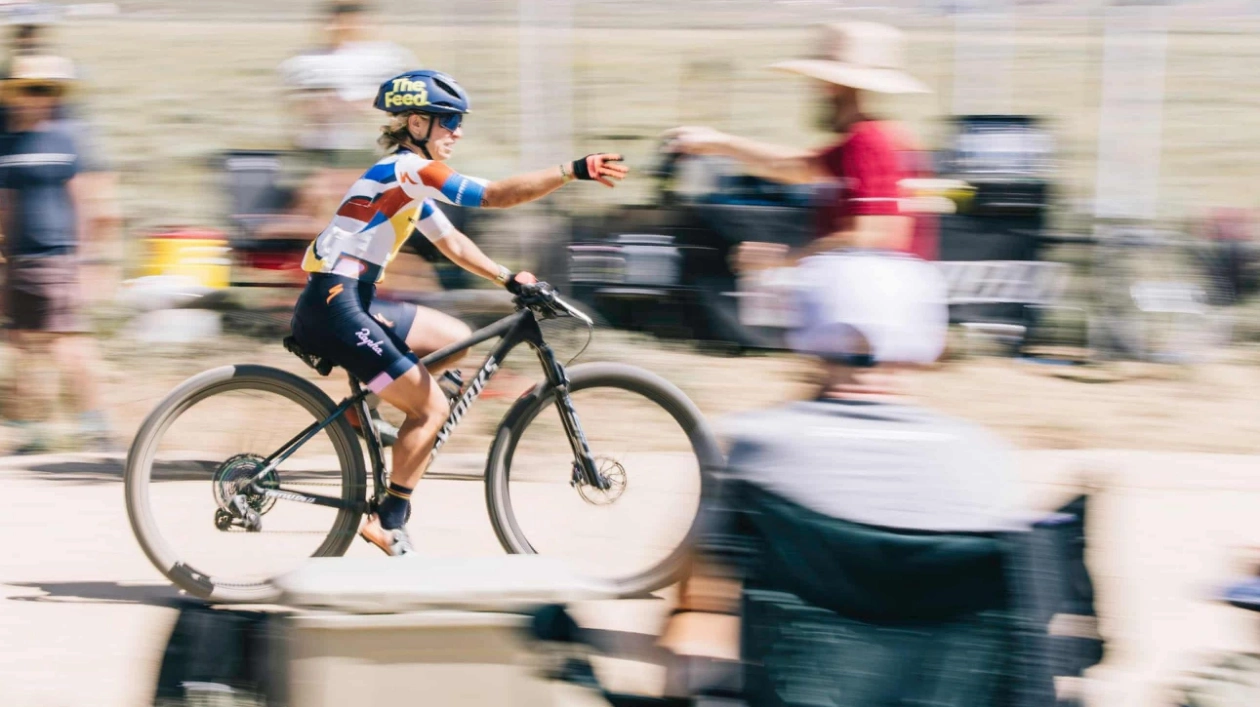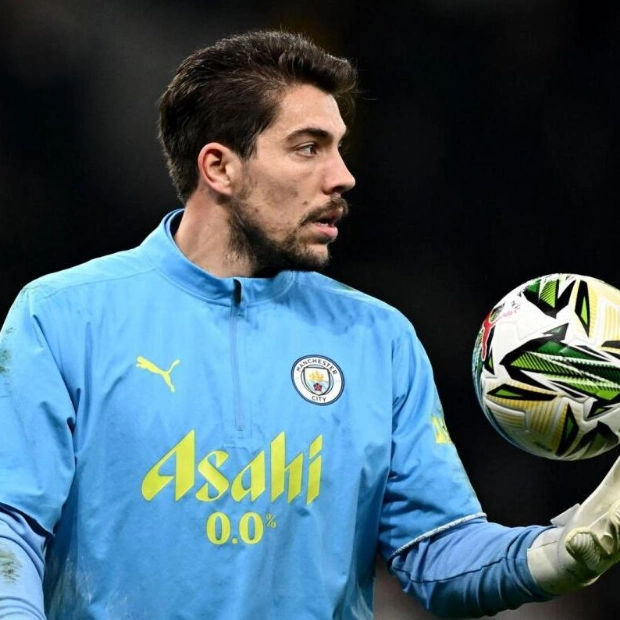For decades, professional cycling has been dominated by European World Tour teams. However, in the last decade, American gravel privateers have disrupted this status quo.
“The World Tour is akin to being in the NFL or NBA,” explains Peter Stetina, who competed for three different teams on the tour from 2010 to 2019. “You get drafted and signed. You have a salary and your job is solely to pedal. Racing is ruthless, and so is resigning.” In 2019, Stetina’s contract with Trek-Segafredo allowed him to step away from the World Tour to participate in three American gravel races. He seized the opportunity, winning the BWR and placing second at Unbound (formerly Dirty Kanza), the most prestigious gravel race globally. However, this strained his relationship with team management, who wanted him to focus on European races.
“My managers weren’t pleased, but the recognition I received was immense,” says Stetina, who found himself at a career crossroads. At the end of the season, he opted to leave the World Tour and fully commit to gravel, attracted by the autonomy and financial prospects it offered. Gravel bike racing encompasses any off-tarmac terrain, ranging from 200 miles on unpaved roads to short distances on singletrack. Gravel bikes resemble their road counterparts but feature wider tires and more relaxed geometries, making them easier to handle on technical terrain.
In the past decade, gravel racing has surged in the US, while road cycling has declined. Since its peak during the Armstrong era in the early 2000s, American cycling has steadily declined due to drug scandals and the increasing danger posed by distracted drivers. With dwindling participation, events like the Tour of California and Tour of Utah have ceased. Abroad, only 15 Americans are on the 18 World Tour teams, the lowest number since 2008. As road cycling wanes, gravel has filled the gap, driven by riders like Stetina.
These privateers operate as one-person teams, free to choose their sponsors and schedule, in stark contrast to the rigid World Tour structure. Gravel saw a significant boom post-pandemic, offering an escape from daily life and a safe outdoor activity. Gravel bike sales doubled in 2020 and again in 2021, and the growth continues. Strava data shows a 55% increase in gravel rides in 2023, the fastest rise in activity on the app. The sport’s elite now focuses on the LifeTime Grand Prix, a seven-race series with a $300,000 prize pool, attracting a diverse field of riders.
While road and gravel bikes may look similar, their cultures differ significantly. Road cycling is steeped in tradition, while gravel is new, unconventional, and exploratory, fitting well with the US’s unpaved road network. “Road cycling is a tradition-bound sport,” says Payson McElveen, a two-time national mountain bike champion. “Gravel races prohibit team tactics, allowing for more creativity and storytelling.” Privateering comes with unique challenges, requiring riders to be organized, savvy, and good at building relationships. They must manage travel, social media, contracts, and sponsor obligations while maintaining a rigorous training schedule.
“It’s a constant juggling act,” says Stetina. “The biggest challenge is time management.” Despite the difficulties, many riders are choosing privateering for its freedom and financial potential. “I’d be dishonest if I said compensation wasn’t a significant factor,” says McElveen. “There’s no ceiling on what you can earn, unlike the World Tour.” Alexey Vermeulen, who transitioned from the World Tour to gravel, now earns six figures as a privateer, more than he did on the tour. He attributes his success to his entrepreneurial mindset and storytelling skills.
Sarah Sturm, a two-time Cyclocross National Champion, found early success in gravel racing. After her cyclocross team disbanded in 2018, she won her first gravel race, the BWR, and quickly rose to prominence. “When I saw the sponsorship offers after the BWR win, I realized it was a different game,” says Sturm. “The sport offers a lot of freedom and money, but you must manage it all yourself.” Sturm’s off-bike activities have made her one of the sport’s highest-earning athletes, emphasizing the importance of personal branding.
Despite the individualistic appearance, privateers rely on extensive support networks. “The privateer model is new to cycling but has long existed in sports like golf and surfing,” says Hannah Otto, a former Olympian and World Cup winner. “The key is having the right team behind you.” Otto employs a coach, sports psychologist, physio, nutritionist, agent, accountant, and mechanic to support her career, allowing her to focus on her strengths. “Winning a big race changes everything,” says Otto, who now earns more as a privateer than she did on a factory team.
On a broader scale, privateers align perfectly with the American entrepreneurial spirit. The European approach to cycling doesn’t resonate in a country built on individualism and creativity. Privateers have reignited America’s love for cycling, drawing global attention. “The world is watching American cycling more closely than in decades,” says McElveen. “Even in Europe, riders are talking about the Grand Prix. Everyone is curious to see if privateers will impact other parts of the sport, like the World Tour.”






